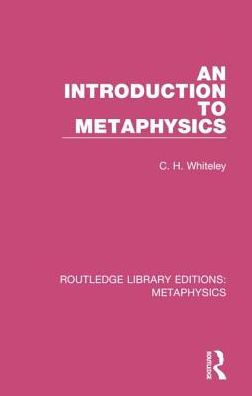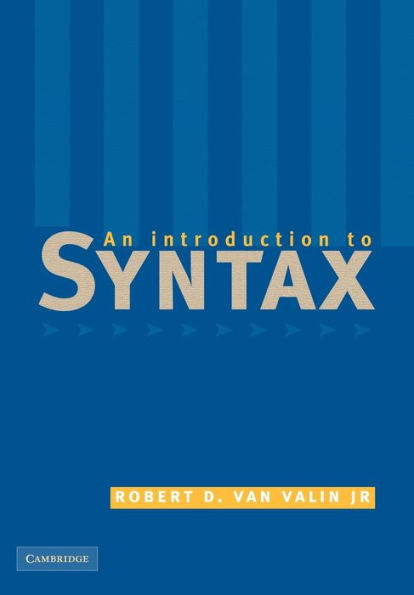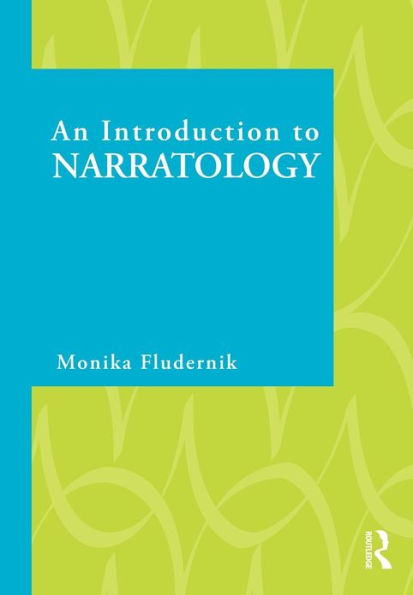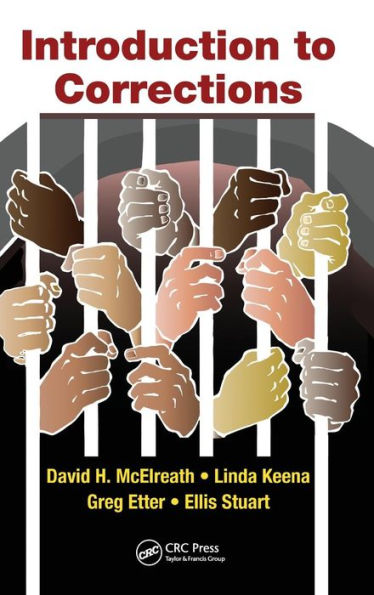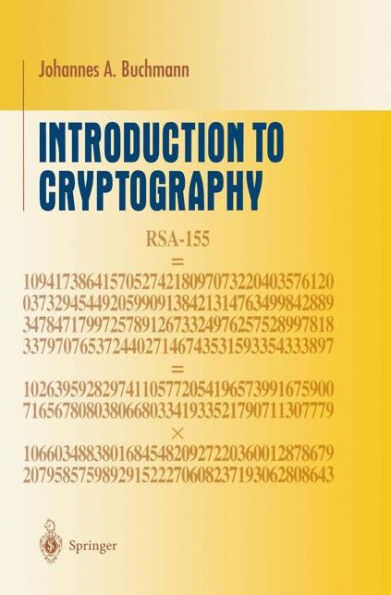Home
Introduction to Byzantium, 602-1453 / Edition 1
Loading Inventory...
Barnes and Noble
Introduction to Byzantium, 602-1453 / Edition 1
Current price: $49.99


Barnes and Noble
Introduction to Byzantium, 602-1453 / Edition 1
Current price: $49.99
Loading Inventory...
Size: OS
*Product Information may vary - to confirm product availability, pricing, and additional information please contact Barnes and Noble
Introduction to Byzantium, 602
–
1453
provides students with an accessible guide to medieval Byzantium.
Beginning with the near collapse of Byzantium in the seventh century, the book traces its survival and development through to its absorption by the Ottoman empire. As well as having an overall political narrative, the chapters cover a wide range of topics including society and economy, art and architecture, literature and education, military tactics and diplomacy, gender and education. They also explore themes that remain prominent and highly debated today, including relations between Islam and the West, the impact of the Crusades, the development of Russia, and the emergence of Orthodox Christianity. Comprehensively written, each chapter provides an overview of the particular period or topic, a summary of the ongoing historiographical debates, primary source material textboxes, further reading recommendations and a ‘points to remember’ section.
453
provides students with a thorough introduction to the history of Byzantium and equips them with the tools to write successful analytical essays. It is essential reading for any student of the history of the Byzantine empire.
–
1453
provides students with an accessible guide to medieval Byzantium.
Beginning with the near collapse of Byzantium in the seventh century, the book traces its survival and development through to its absorption by the Ottoman empire. As well as having an overall political narrative, the chapters cover a wide range of topics including society and economy, art and architecture, literature and education, military tactics and diplomacy, gender and education. They also explore themes that remain prominent and highly debated today, including relations between Islam and the West, the impact of the Crusades, the development of Russia, and the emergence of Orthodox Christianity. Comprehensively written, each chapter provides an overview of the particular period or topic, a summary of the ongoing historiographical debates, primary source material textboxes, further reading recommendations and a ‘points to remember’ section.
453
provides students with a thorough introduction to the history of Byzantium and equips them with the tools to write successful analytical essays. It is essential reading for any student of the history of the Byzantine empire.



